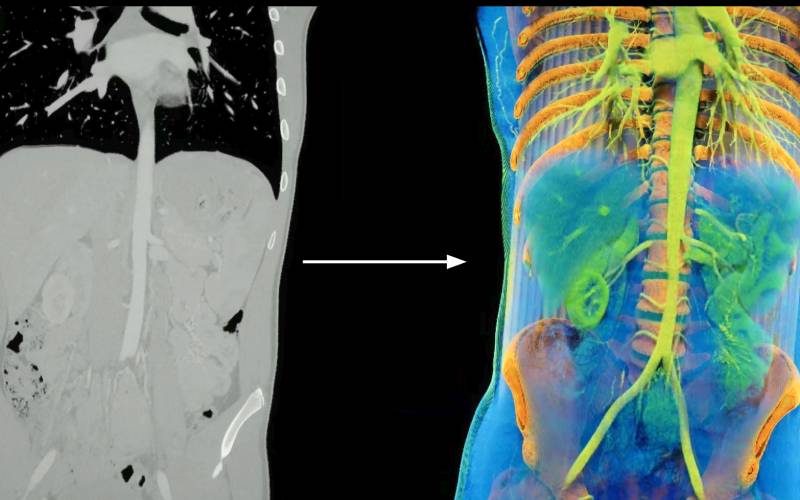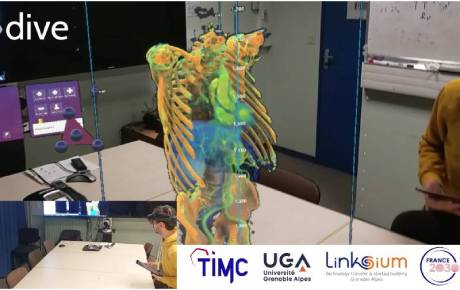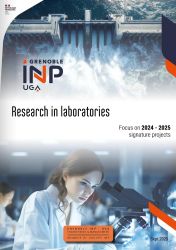DIVE: seeing better in order to understand better
Software developed at the TIMC lab by Pierre Jacquet makes it possible to visualise heterogeneous scientific data in 3D in a single collaborative environment. It has given rise to a start-up to be launched in May 2024.




 Visualisation independent from what is being viewed
Visualisation independent from what is being viewed